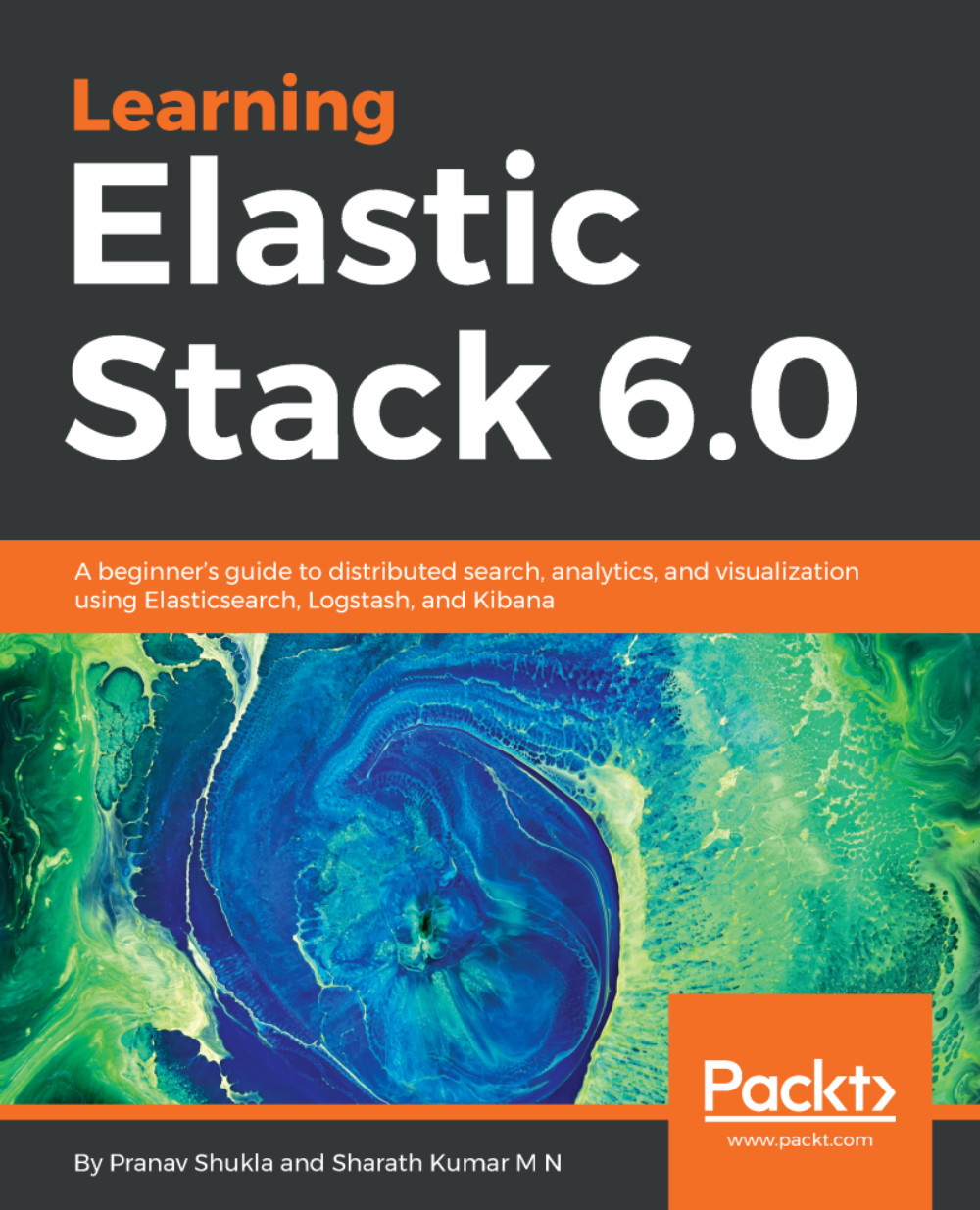We are living in an advanced stage of the information age. The emergence of the web, mobiles, social networks, blogs, and photo sharing has created a massive amount of data in recent years. These new data sources create information that cannot be handled using traditional data storage technology, typically relational databases. As an application developer or business intelligence developer, your job is to fulfill the search and analytics needs of the application.
A number of big data scale data stores have emerged in the last few years. This includes Hadoop ecosystem projects, several NoSQL databases, and search and analytics engines such as Elasticsearch. Hadoop and each NoSQL database have their own strengths and use cases.
Elastic Stack is a rich ecosystem of components serving as a full search and analytics stack. The main components of Elastic Stack are Kibana, Logstash, Beats, X-Pack, and Elasticsearch. Elasticsearch is at the heart of Elastic Stack, providing storage, search, and analytics capabilities. Kibana, which is also called a window into Elastic Stack, is a great visualization and user interface for Elastic Stack. Logstash and Beats help in getting the data into Elastic Stack. X-Pack provides powerful features including monitoring, alerting, and security to make your system production ready. Since Elasticsearch is at the heart of Elastic Stack, we will cover the stack inside-out, starting from the heart and moving on to the surrounding components.
In this chapter, we will cover the following topics:
- What is Elasticsearch, and why use it?
- A brief history of Elasticsearch and Apache Lucene
- Elastic Stack components
- Use cases of Elastic Stack
We will look at what Elasticsearch is and why you should consider it as your data store. Once you know the key strengths of Elasticsearch, we will look at the history of Elasticsearch and its underlying technology, Apache Lucene. We will then look at some use cases of Elastic Stack, and we will provide an overview of the Elastic Stack components.
 United States
United States
 Great Britain
Great Britain
 India
India
 Germany
Germany
 France
France
 Canada
Canada
 Russia
Russia
 Spain
Spain
 Brazil
Brazil
 Australia
Australia
 Singapore
Singapore
 Canary Islands
Canary Islands
 Hungary
Hungary
 Ukraine
Ukraine
 Luxembourg
Luxembourg
 Estonia
Estonia
 Lithuania
Lithuania
 South Korea
South Korea
 Turkey
Turkey
 Switzerland
Switzerland
 Colombia
Colombia
 Taiwan
Taiwan
 Chile
Chile
 Norway
Norway
 Ecuador
Ecuador
 Indonesia
Indonesia
 New Zealand
New Zealand
 Cyprus
Cyprus
 Denmark
Denmark
 Finland
Finland
 Poland
Poland
 Malta
Malta
 Czechia
Czechia
 Austria
Austria
 Sweden
Sweden
 Italy
Italy
 Egypt
Egypt
 Belgium
Belgium
 Portugal
Portugal
 Slovenia
Slovenia
 Ireland
Ireland
 Romania
Romania
 Greece
Greece
 Argentina
Argentina
 Netherlands
Netherlands
 Bulgaria
Bulgaria
 Latvia
Latvia
 South Africa
South Africa
 Malaysia
Malaysia
 Japan
Japan
 Slovakia
Slovakia
 Philippines
Philippines
 Mexico
Mexico
 Thailand
Thailand

















